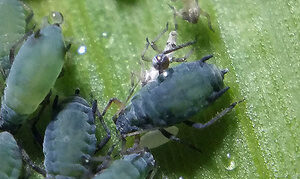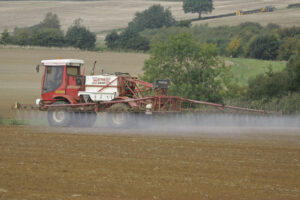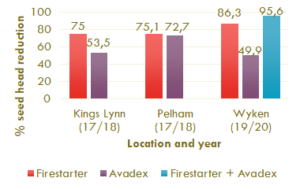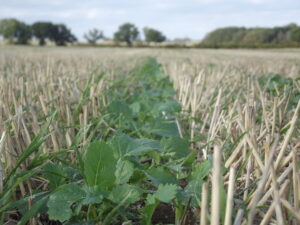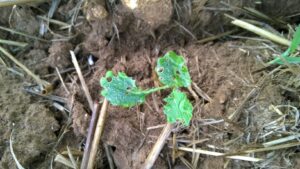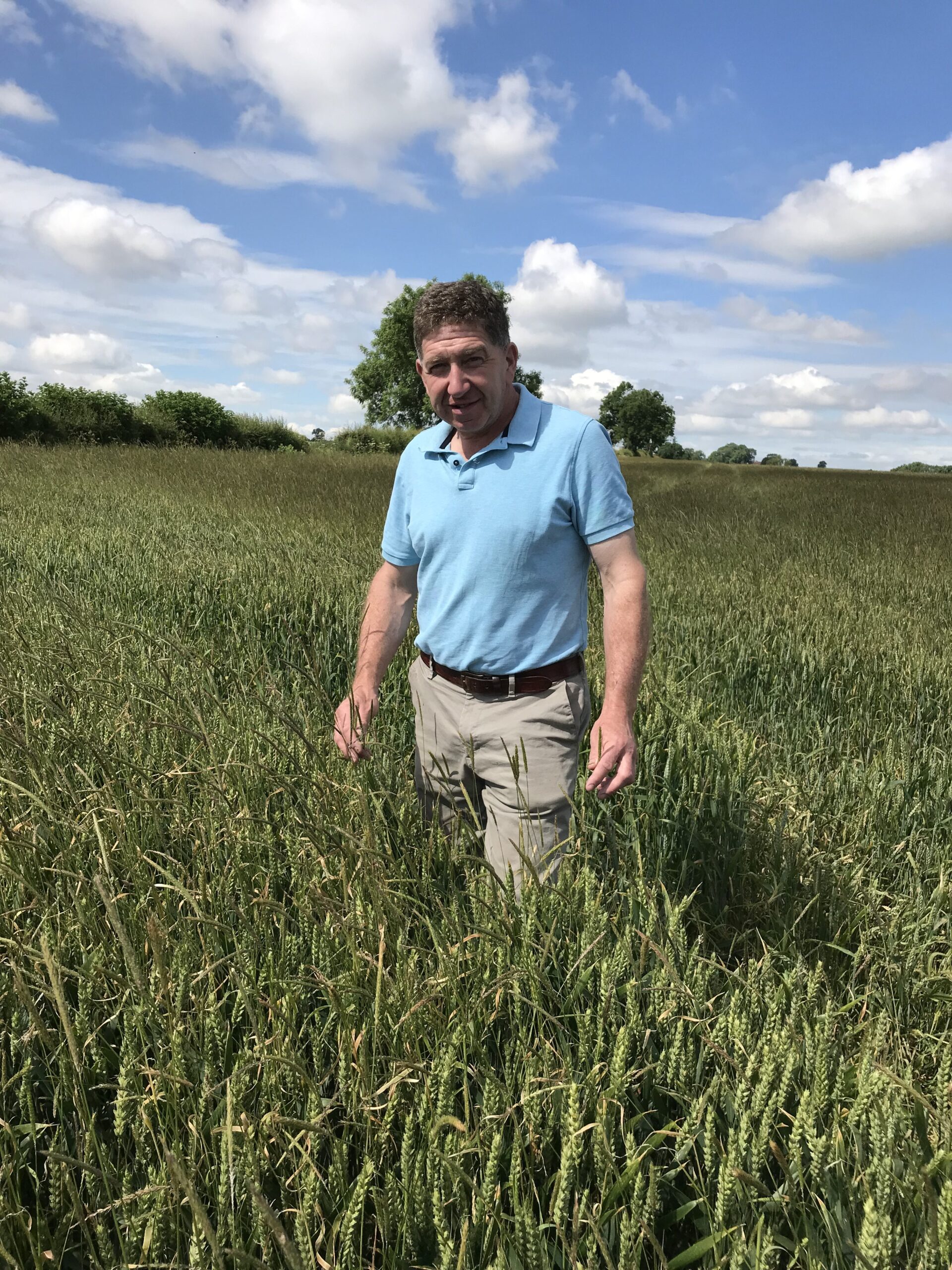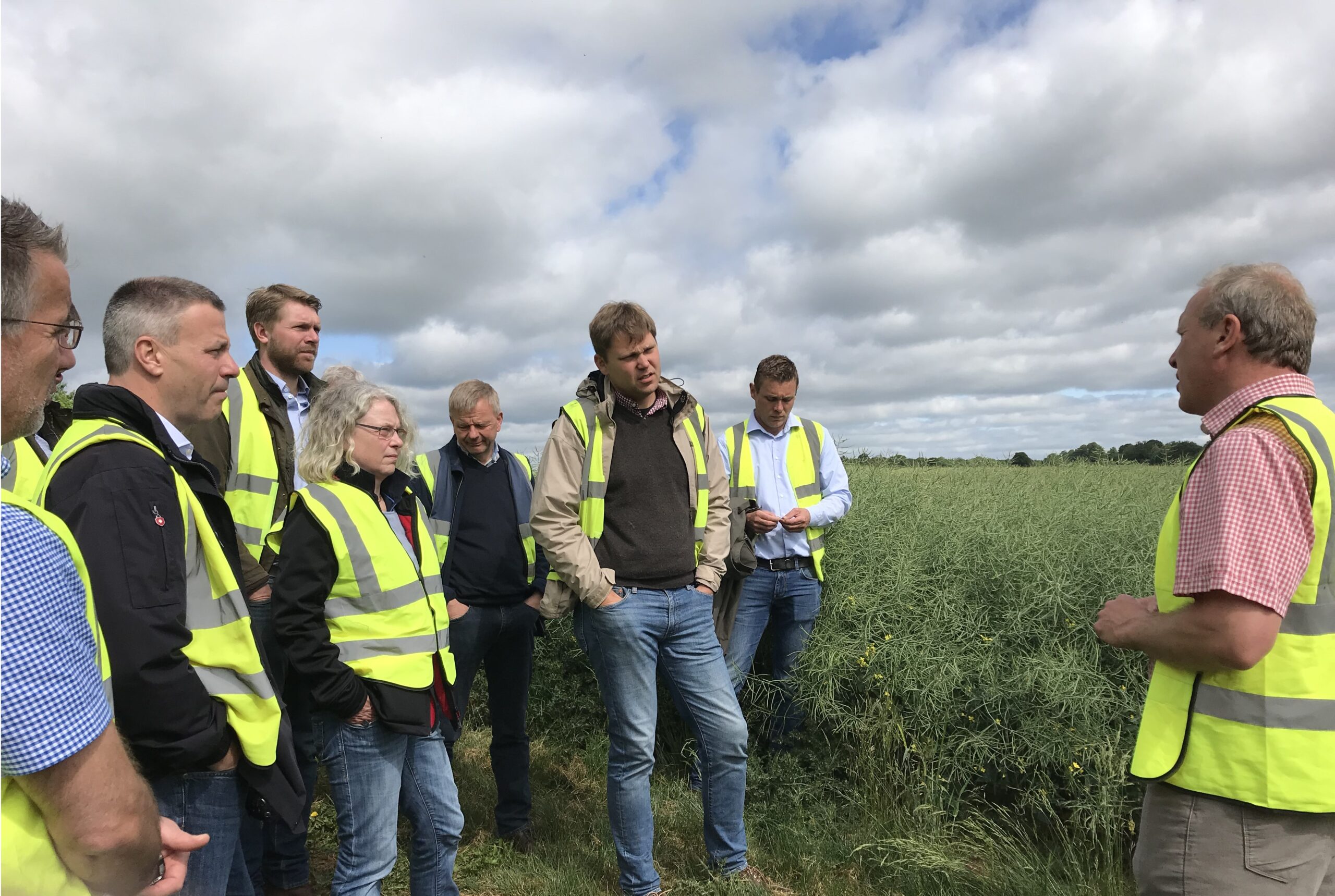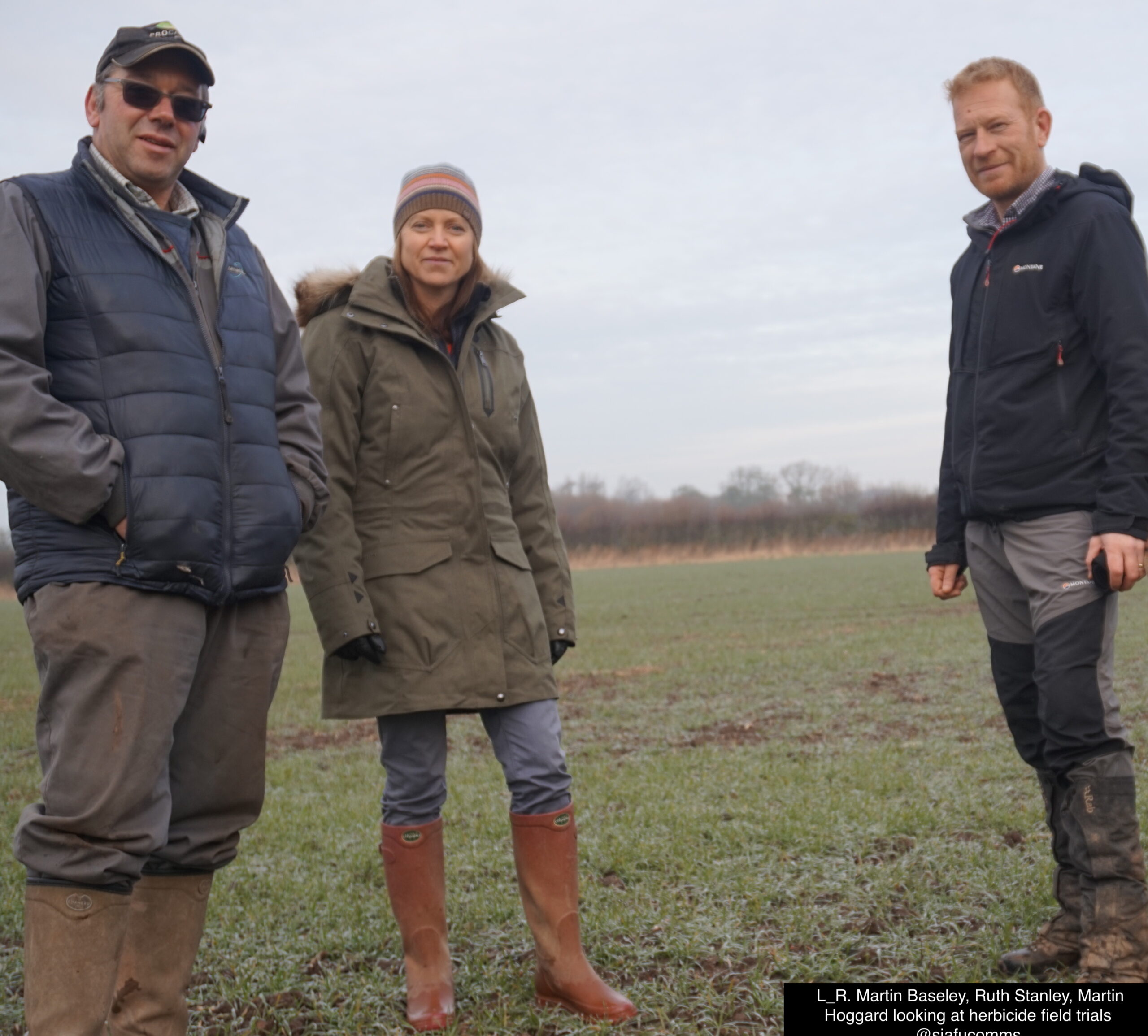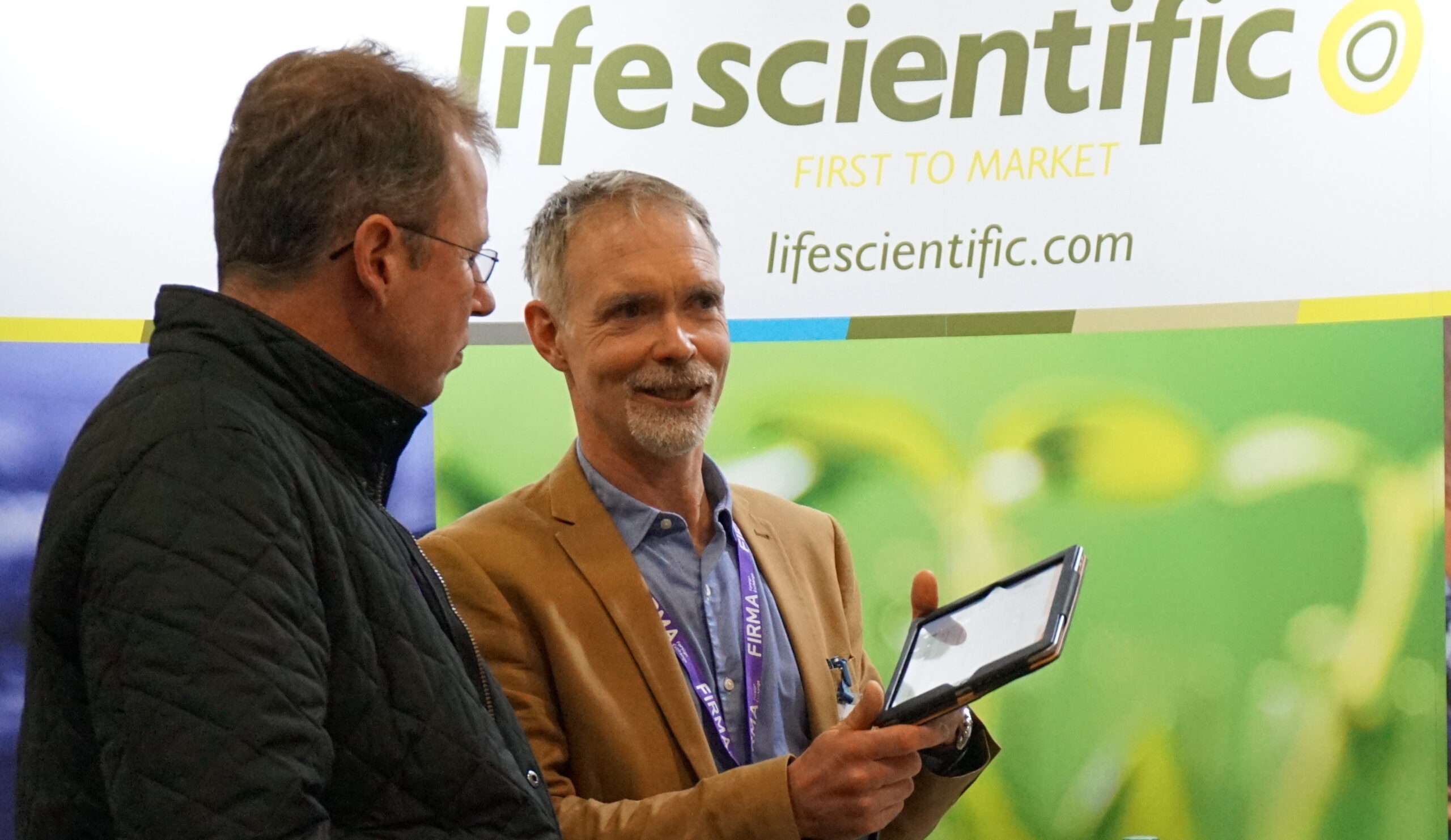Life in Life Scientific…
UK News:
Don’t forget to come and see us at the CropTec event at the East of England Showground this month.
We are exhibiting on stand number 1.31 in hall 1.
UK and IE Country Manager Ruth Stanley will be joined by Efficacy Specialist Sam Gorny and Principle Scientist for product characterisation Rachel Staunton so come and chat to us about the work we do and about our two new products for next spring. Kaskad a reverse engineered Debut for weed control in sugar beet and Sudo Mor our reverse engineered Moddus for plant growth regulation in cereals.
We’ll also have a tombola with the opportunity to win some great prizes on the day.
We look forrward to seeing you there.

Product News:
Niantic, the post emergence herbicide containing 30 g/kg mesosulfuron-methyl + 6 g/kg iodosulfuron-methyl-sodium is a reverse engineered Atlantis WG and can be used this autumn in crops of winter wheat as part of a programmed approach to control grass and broad leaved weeds.
Mild temperatures and showery conditions have caused weed emergence as pre em’s have started to run out of ste

am. Use Niantic at 0.4kg/ha plus authorised adjuvant either Probe or Biopower, while weeds are small and actively growing. Apply product in 200l/ha water up to growth stage 39.
It can be used to tackle, not just black-grass, but other problematic weeds such as wild oats, meadow-grasses and chickweed.
Take care when applying any grass weed products, aim to achieve the highest application standards to improve weed control and prevent resistance build up.
For more product information visit the website: NIANTIC
Barley Yellow Dwarf Virus
Barley Yellow Dwarf Virus (BYDV) affects crops of wheat, barley, oats, rye and triticale.
It is the most widely distributed and economically important viral disease. Reported yield losses range between 30% and 60% in wheat and 50% to 75% in barley.
BYDV is transmitted by the Bird Cherry aphid (left) and the Grain aphid (right)
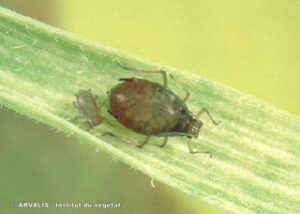
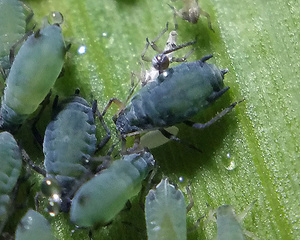
The virus used to be a lower risk in the UK but following the loss of Neonicotinoid seed dressings it is becoming more common. Add to that a warm and early drilling season such as autumn 2021 and BYDV is almost a certainty.
An aphid will carry the disease for its entire life once it has been infected by feeding on a plant already carrying the virus. Aphids fly into the crop and will feed on cereal foliage or the roots.
Significant infection occurs when second generation aphids feed and move out from the initial infection point.
Infected plants grow slowly and the youngest leaves will start to discolour. Later in the season plants are stunted and yellow patches appear, distributed throughout the field. Aphid reproduction is governed by temperature and chemical control should be targeted at second generation aphids to have maximum impact.
Regular field walking, the use of sticky traps and one of the several T-sum monitoring tools can be used to ensure that chemical application is targeted at the correct timing.
There are several sources of information for working out the best application timing for insecticide treatments. AHDB report on regional monitoring sites for aphid activity and publish regular updates at https://ahdb.org.uk/bydv
Advice on how to calculate the T-sum 170 day degrees threshold is also given on the AHDB website.
The T-sum is based on the date of crop emergence and the daily air temperature and provides guidance on when insecticide treatment should be considered, although this should not replace the need for physical crop inspection.
Insecticides, when used alone rather in than in a tank mix, are best used with a wetter as the low product rate is not sufficient to wet the leaf or aphid prope
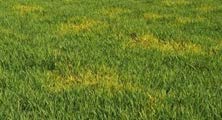
rly. Application expert Tom Robinson’s rule of thumb on insecticide application is “For water to wet a leaf, one needs 0.1% non-ionic wetter 200ml in 200l water hence a single product at 50 ml/ha cannot wet the surface properly”
Tom also suggests forward and backwards facing nozzles to ensure maximum coverage of the target, a boom height of 50cm above the crop and sprayer forward speeds of 12-14k.
Correct product choice is essential due to the limited opportunities going into the autumn. Lambdastar contains 100g/l of lamb
da-cyhalothrin and should be used at the full rate of 50ml/ha. The highest risk of crop damage is in the early stages of de
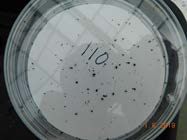
velopment so applications should be made before GS 32 where possible.
As part of our research into how to deal with the BYDV risk in cereals this Autumn, following the loss of neonicotinoid seed dressings and dealing with Cabbage Stem Flea Beetle in OSR crops, Life Scientific commissioned Agrochemex to carry out an insecticide knockdown and persistence study in a replicated glasshouse trial.
A sensitive population of aphids (Aphis fabae) were introduced to bean plants, which were then sprayed with lambda-cyhalothrin insecticide.
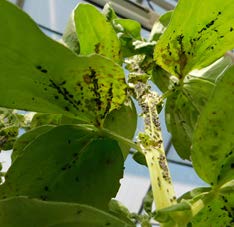
Plants were sprayed with either Life Scientific’s Lambdastar or Hallmark Zeon at a rate of 50ml in 200 litres of water.
Aphids were then counted at 3, 7 and 14 days after application.
As expected, no significant differences were apparent between Lambdastar or Hallmark Zeon in terms of knockdown or persistency, however it’s always good to receive confirmation of product comparability between Lambdastar and the reference product.
